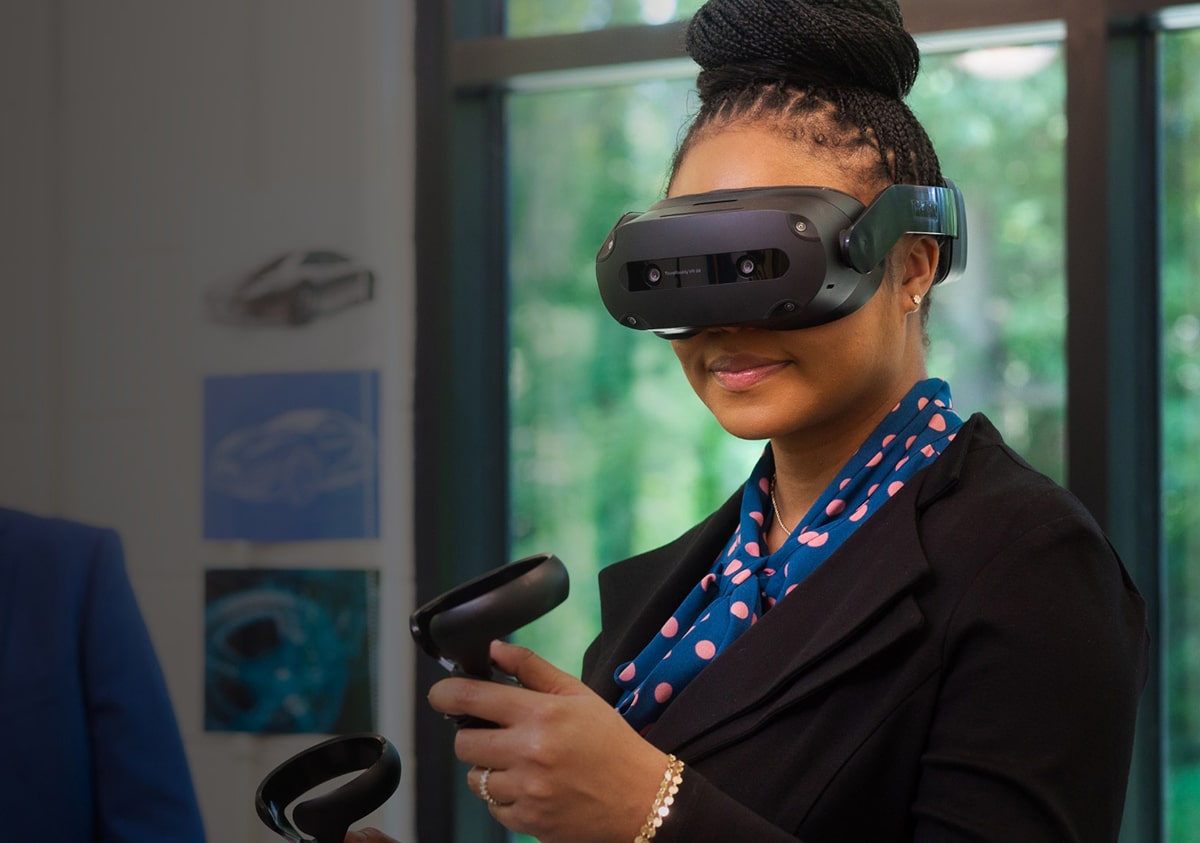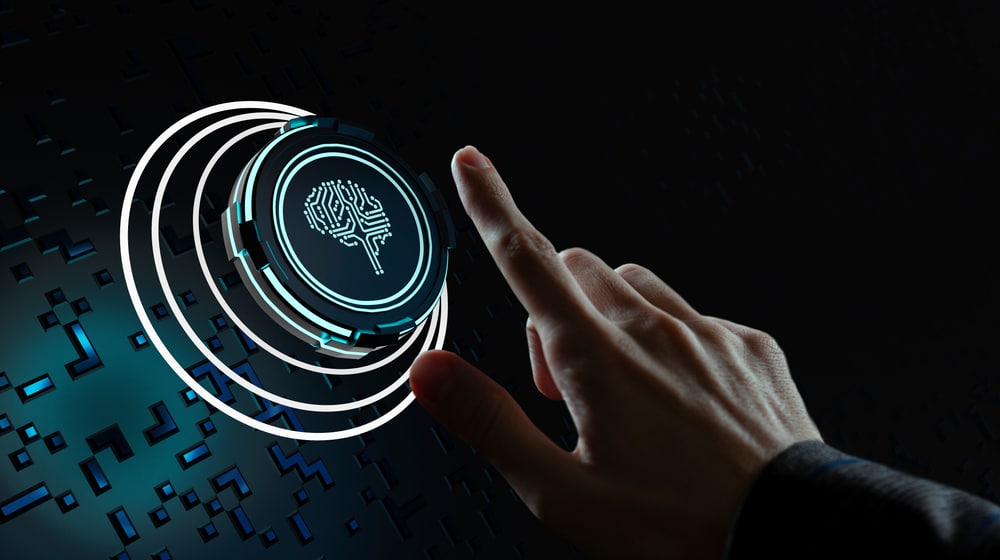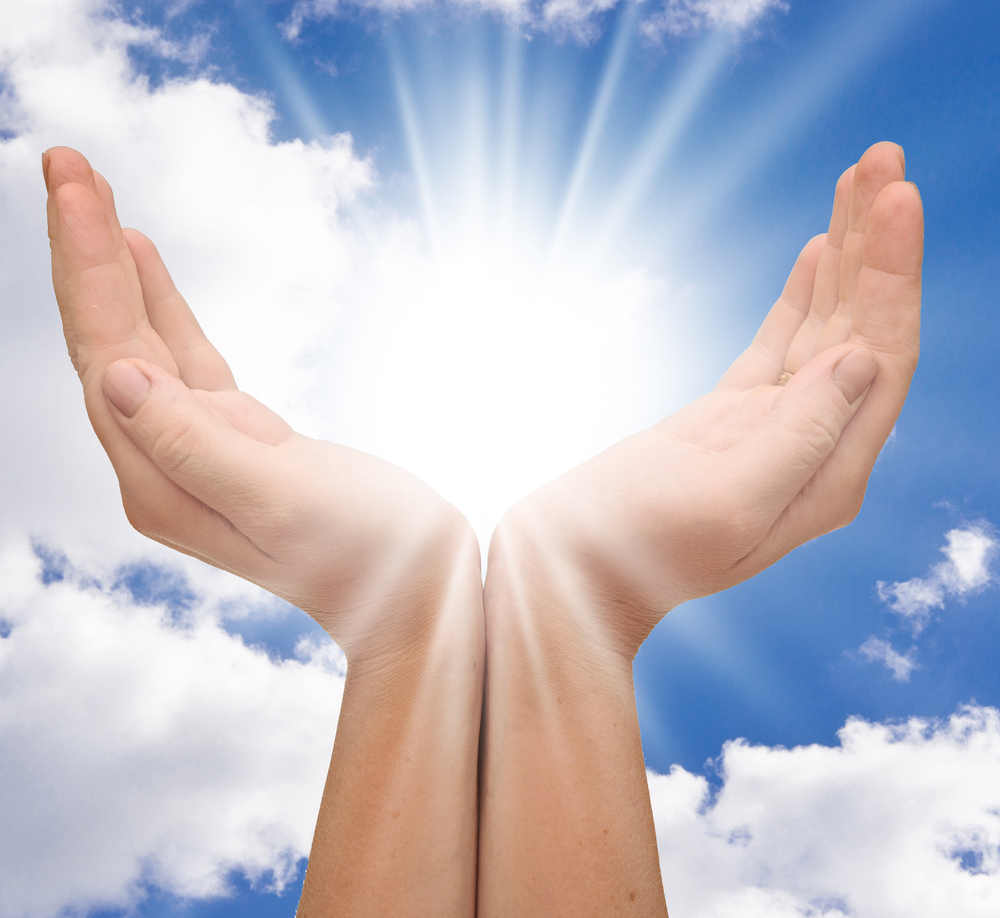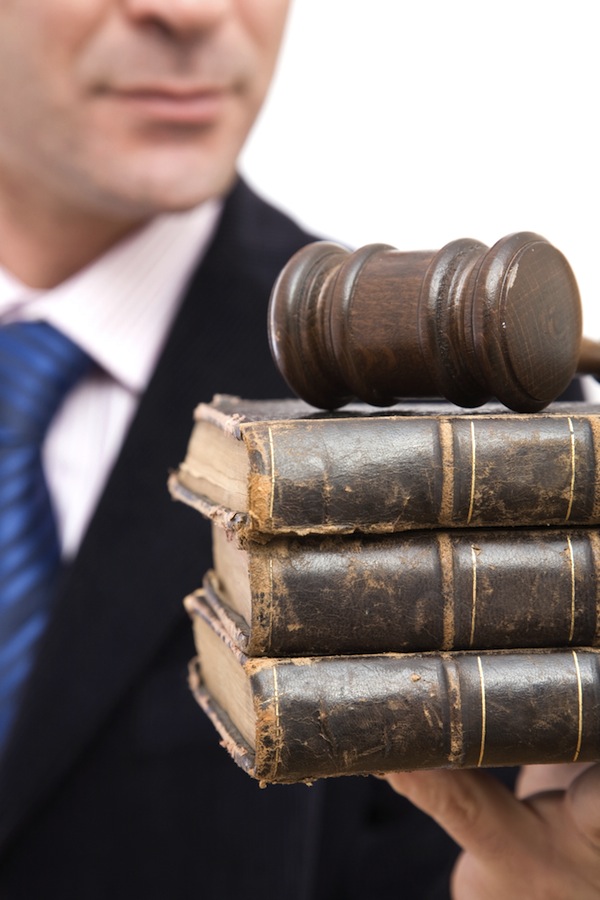
Containers: The ultimate Trojan horse
Containers are meant to be immutable.Once the image is made, it is what it is, and all container instances spawned from it will be identical. The container is defined as code, so its contents, intents and dependencies are explicit. Because of this, if used carefully, containers can help reduce supply chain risks.
However, these benefits have not gone unnoticed by attackers. A number of threat actors have started to leverage containers to deploy malicious payloads and even scale up their own operations. For the Sysdig 2022 Cloud-Native Threat Report, the Sysdig Threat Research Team (Sysdig TRT) investigated what is really lurking in publicly available containers.

Become fast-paced and adaptable: Five ways to improve digital experiences in your workplace
Implementing digital transformation into your business is essential for success. But with technological advancements dominating the business world, it’s important to assess the digital additions within your company to discover if they are making the expected improvements.
As a business leader, you may wonder where to start. Here, we explore five ways to improve digital experiences in the workplace.

Lack of skills and policy in the cloud space could cause a slowdown in adapting cloud solutions
With the advancement of cloud-based solutions, many businesses and organizations are adopting these technologies at a rapid pace. However, what happens when the people responsible for maintaining and developing these cloud-based solutions do not have the skills or knowledge to do so? This seems to be where many companies are running into trouble.
According to AlphaBeta, three of the top five most demanded digital skills will be cloud-related by 2025. These skills will include cloud computing, cloud security, and big data. As the demand for these skills increases, the lack of policy to address this issue could put a significant slowdown on businesses adopting cloud solutions. In this article, we’ll cover how the skill shortage for cloud-based solutions could potentially affect the bandwidth and growth of businesses.

AI and metaverse technologies boost training and streamline onboarding for employees
We live in a world where businesses constantly reinvent themselves to remain competitive. Automation and digitization goals feature in well over half of all today’s businesses’ long-term corporate strategies, according to PwC's most recent annual Global CEO Survey. Which is why artificial intelligence (AI) and virtual worlds or 'metaverse' related technologies and tools have risen to prominence, particularly in relation to improving on-the-job training and upskilling new talent.
In 2022, many businesses are now starting to benefit from the application of AI and metaverse technologies in providing streamlined training and onboarding for employees. Combining AI and metaverse technologies affords companies an incredible new opportunity to train and equip people with the necessary skills to navigate the future of work.

The cultural and digital transformation crossroads: Why company culture must intersect with technology
When talking about digital transformation, the emphasis is largely on how a business can be reimagined through technology. But, regardless of cutting-edge tools or best-in-class processes, companies need to transform the culture at the same time -- if they don’t do this, digital transformation simply won’t work in practice.
Cultural transformation underlines all the changes established by digital transformation initiatives, ensuring these changes are implemented and embraced. This requires enterprises to completely shift their way of interacting with employees, partners, and customers -- which is far more difficult than technology adoption alone.

Observability's not-so-secret link to revenue
In a lot of companies, observability or monitoring are words that only the technical groups understand. Perhaps the legal team is involved because there are SLAs that products must not breach, or it costs the company money in penalties. This is the wrong way to look at observability though -- it’s not simply a tool that verifies your application is performing properly and lets you avoid penalties. Instead, think of observability as a magnifying lens that helps all of the teams in your company understand how to increase revenue, by understanding the complexities of your product.
There are a couple of different ways to think of proper observability: It quantifies things that weren’t measurable previously. If something is measurable, it can be improved. Secondly, it’s a way to measure an entire, complex system -- both, portions which technology teams traditionally think about ("their code"), and third-party dependencies that no one thinks about until there are customer complaints.

The rising value of flexibility in life, work and AI
Innovation calls upon us to challenge existing paradigms. Women in technology understand this all too well. Many of us have stepped into roles that were traditionally dominated by men. We’ve had to swim upstream to establish our bona fides.
Personally, I’m proud to have achieved a host of "firsts" in my career, and today I’m surrounded by creative thinkers who are applying new technology to approach old problems differently. In my world, challenging existing paradigms is par for the course.

Early predictions of what lies ahead for the cybersecurity industry in 2023
It’s no secret that cyber threats are constantly evolving and morphing -- new risks are appearing every day. In Q2 2022, cyberattacks increased by 32` percent compared to Q2 2021. Furthermore, over 10 billion IoT devices were connected as of 2021, which will rise to 25 billion by 2025. The natural consequence of more gadgets connected to the internet is that hackers will have more chances to take advantage of any vulnerabilities.
When you factor in more organizations automating their processes, there is a surplus of online data. This opens up a Pandora's box of internet security dangers, such as data breaches and theft, which are frequent for organizations of all types and sizes. In fact, in Q1 2022, hackers were the cause of more than 90` percent of data breaches.

How does security posture management guard cloud environments?
Cloud technology has been gaining momentum in the last couple of years.
It threw a lifeline to companies by making remote work at the start of the crisis possible, enabled scaling for a reduced cost, and made information that much more accessible. However, all of these benefits also come with security risks for organizations that haven’t adequately protected their new infrastructure.

The ultimate AI use case -- engaged, productive and happy employees
Business adoption of AI is on the rise in the UK. According to a Government report, roughly 15` percent of all UK businesses have adopted at least one AI technology, with a further 10` percent planning to do so. Adoption is really taking off in larger firms, with more than two-thirds (68` percent) of them having used AI.
But what practical benefits can AI bring? Use cases seem to be emerging daily from many different business departments, but arguably, its HR teams that should be sitting up and taking notice more than others.

How to build AI that fosters unbiased customer interactions
As AI is used more often for several purposes, issues of bias -- often injected unintentionally -- have become more apparent. On a broad level, bias tends to stereotype people. Customers should have useful and positive experiences with AI, but sometimes, these unexpected biases can sour that interaction, leaving customers feeling frustrated or marginalized. As customer service drives customer loyalty, and loyalty drives revenue, this can negatively impact the business as a whole.
Bias in AI can manifest itself in many ways. A sizable percentage of executives polled by Speechmatics found that voice-recognition software struggled to understand some voices.

How the right infrastructure solution can support your sustainability goals
With regions across the world confronting record-high temperatures this past summer, the call to action on climate change has never been greater. According to the United Nations’ latest climate report global temperature increases will surpass the danger threshold of 1.5°C unless efforts are made to significantly reduce carbon emissions across all sectors.
Sustainability has long been a focus for businesses in every industry, including tech. Many have stepped up efforts, for example, pledging to reduce their carbon footprint and adopting more renewable energy sources. But these actions aren’t enough, and the quest for more energy-efficient innovation must be at the top of every company’s agenda.

Adapt or die -- It's time for law firms to finally embrace technology
Over the past few years, we’ve seen a growing number of law firms driving differentiation through technology. Some legal companies are seizing the opportunity to achieve greater efficiencies and competitive advantage by adopting the latest tech, but this is still far from the industry standard.
Data from PWC’s annual UK law firm survey shows the average spend as a percentage of fee income on legal technologies continues to be low, at 0.5-0.9 percent. Despite this, the research shows 'improving the use of technology' ranks as the top priority for legal businesses over the next year. So, law firms are keen to implement new digital solutions that support legal functions, but they’re simply not investing the necessary resources.

Top tips to create a culture of security (Hint: it's not more training)
Enterprises investing ample time and money in secure email gateways are still seeing fraudulent messages being delivered to their users’ inboxes undetected. In fact, phishing attacks are the origin of most breaches today.
Many organizations have therefore turned towards user security awareness programs; training staff to recognize and avoid the threats that make it into their inboxes. Why then, despite these efforts, have the number of breaches originating from phishing attacks grown every year since 2017?

Mitigating kneejerk digitalization: How to futureproof your eCommerce operation
The last three years have presented particularly unsettled waters for eCommerce leaders to navigate. eCommerce was already transforming, but the pandemic led to a period of massive growth that forced rapid change. At the same time, the fallout from events like Brexit caused operational challenges for many organizations. To cope, eCommerce leaders had to accelerate their digital plans -- meaning many discarded existing strategies and condensed three to four years of digital transformation into a matter of months.
In the short term, this "kneejerk" digitalization allowed businesses to spin up an eCommerce website or app quickly. But in the longer term, many risk being left with a technology stack that is neither futureproof nor fit for purpose. In fact, despite the increase in spend, our research finds businesses lost an average 10 percent in revenue due to downtime and website performance issues in the last two years. That’s the kind of loss that cannot be absorbed more than once.

